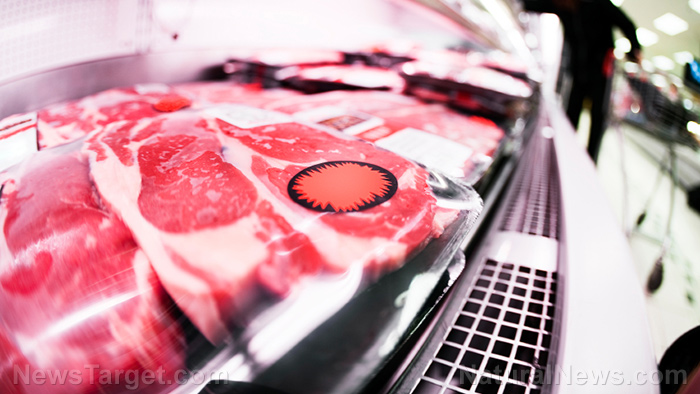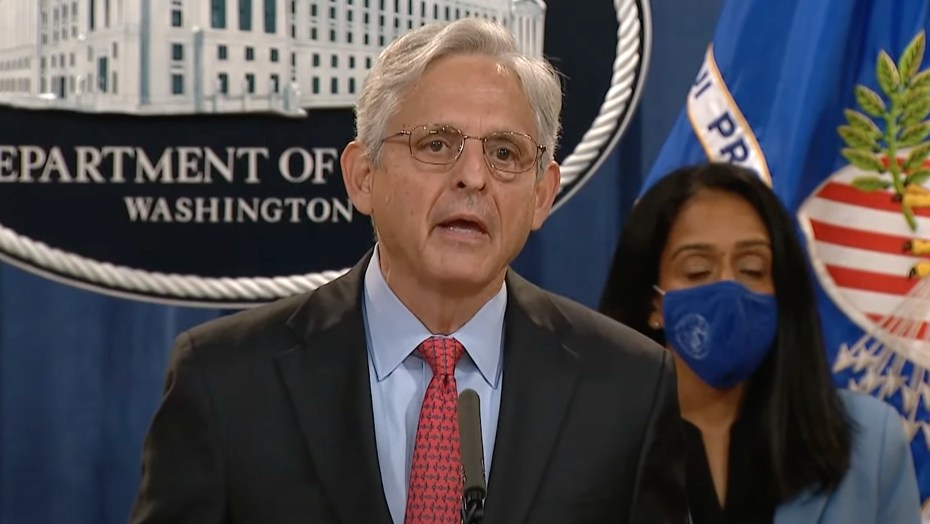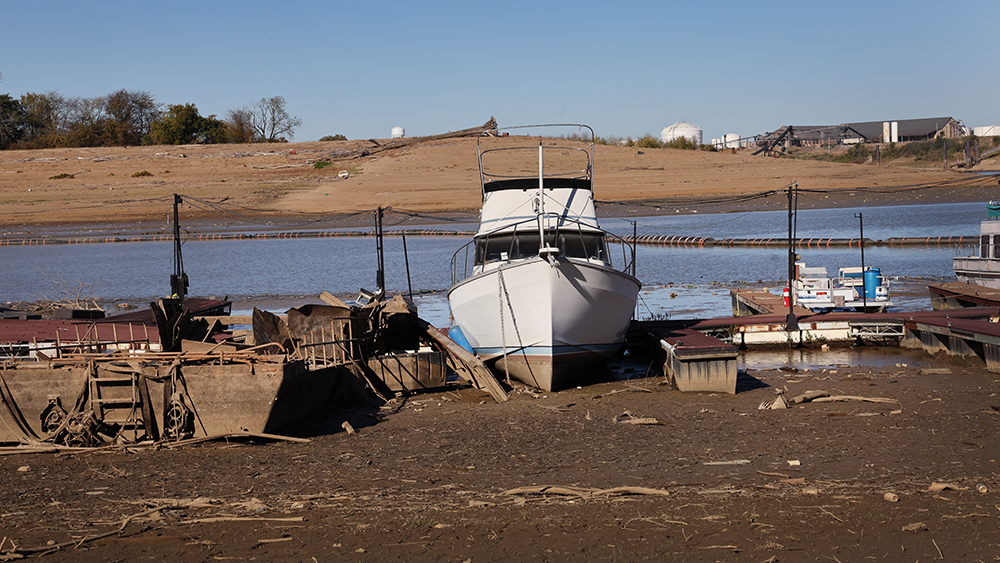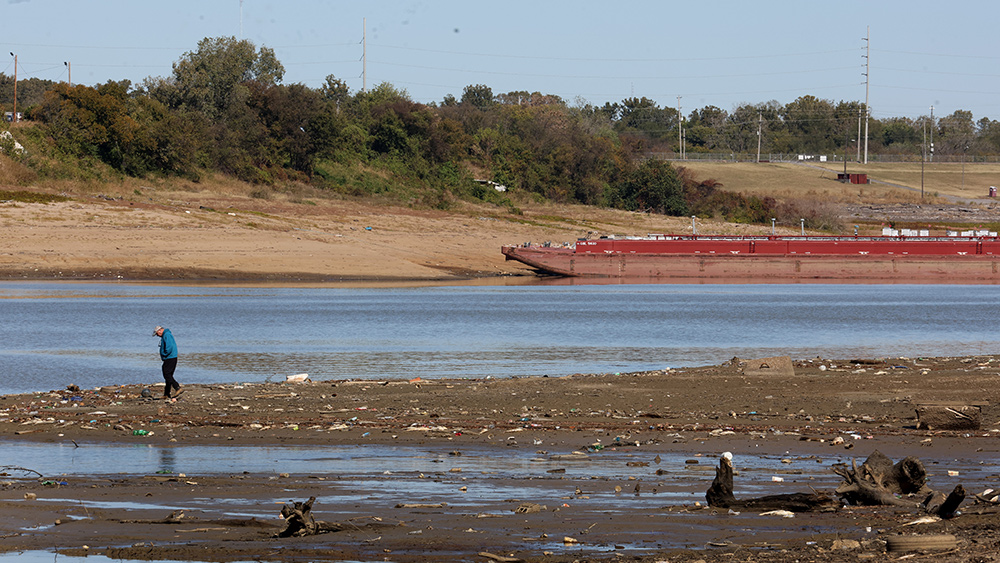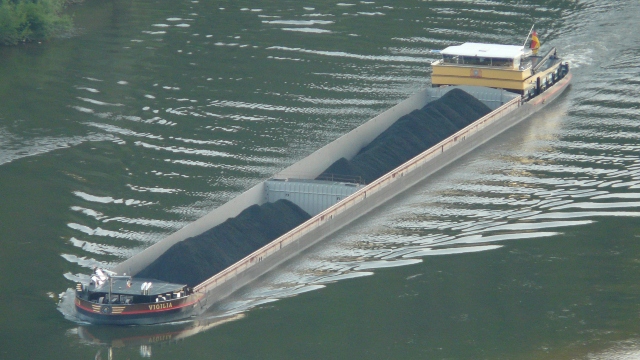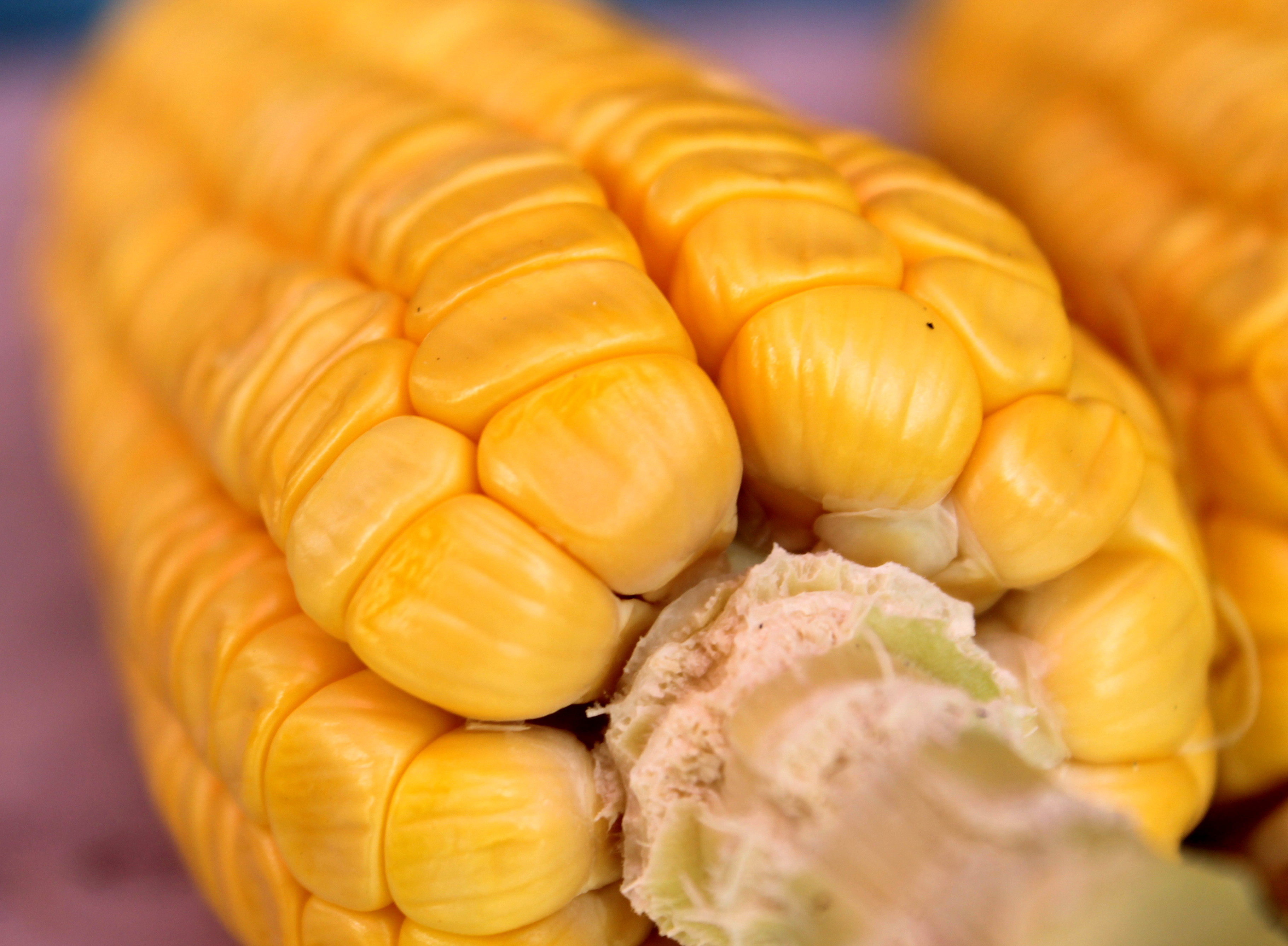
The U.S. supply chain and international trade flows are about to take another major hit. The Mississippi River basin has experienced dry conditions throughout the summer of 2022, and there is very little rain in the long-term forecast heading into winter. The dry pattern has caused the Mississippi River to shrink, leading to low water levels in many locations.
As this major shipping route is narrowed, there will be serious interruptions to the barge traffic. Soon, barges will be forced to reduce cargo loads to keep from grounding in the river. The U.S. Army Corps of Engineers has already deployed buoy boats and two dredges to improve navigation down the narrowing shipping route.
US corn and soybean harvest will be backlogged in the Mississippi River this year
The Midwest’s upcoming corn and soybean harvest will be hampered, not only by the dry conditions, but also by shipper’s inability to transport the commodities down the Mississippi River. This narrowing of the Mississippi will restrict the total export of corn and soybeans this harvest season, ultimately driving up the price of these commodities and restricting total exports into European and Middle Eastern countries. For perspective, the Mississippi River typically accounts for half the corn and soybean exports leaving the United States.
Farmers are already feeling the pressure. Barge rates are hitting new records, close to $50 per ton. That’s a shocking 50 percent increase from just a year ago. The prices are expected to increase even more, as the waterway backs up with multiple, smaller loads.
These corn and soybean exports are more valuable than ever. Nations around the world are watching the situation closely, for they have lost critical food supplies after Ukraine was invaded earlier in the year. Of course, the Biden regime will use this crisis as an opportunity to sell the public on new government spending programs to combat “climate change.” But the government will never be able to print enough money to make the world into a climate utopia, with perfect "equity" in the supply chain. In fact, under the current regime, foreign policy mistakes have only made global trade more vulnerable. One natural disaster has a much greater ripple effect on global trade than ever before.
Coast Guard requests barge size restrictions to prevent grounding on the Mississippi River
The water level in the Mississippi River directly affects draft, which is the distance between the waterline and the deepest point of the boat. When river conditions are normal, the draft is about 12 feet at 1,500 tons. As the water level falls, the draft must be reduced. A shipper that reduces their draft by one foot will reduce their barge’s cargo by 200 tons. Shippers are still forced to pay the same amount of freight for the smaller shipment. Draft reductions are already in affect from Cairo, Illinois (10’6” max) to Greenville, Mississippi (11’ max).
These restrictions will also affect towing sizes. In fact, the Coast Guard is currently requesting that the shippers reduce their draft and tow size restrictions to prevent any grounding of the barges in the coming month. The Midwest desperately needs a tropical storm to come into the Gulf of Mexico and drive-up moisture from the south.
Industry insiders and government officials warn that there's no way to fix the problem in time for the harvest season. The US Department of Agriculture warns that the "soaring demand" for barges this harvest season "will likely put even more upward pressure on barge rates." Matt Ziegler, public policy manager at the National Corn Growers Association said, "While barge scarcity and rate spikes could be ‘detrimental’ to growers, I’m not sure there’s much we can do about it."
Sources include:
Please contact us for more information.









